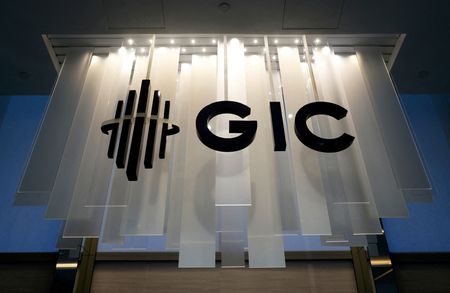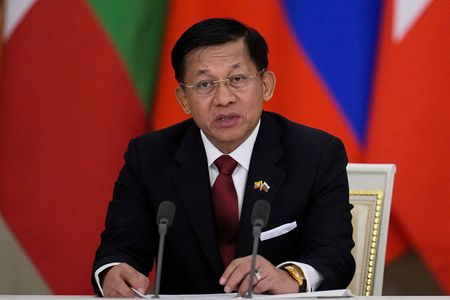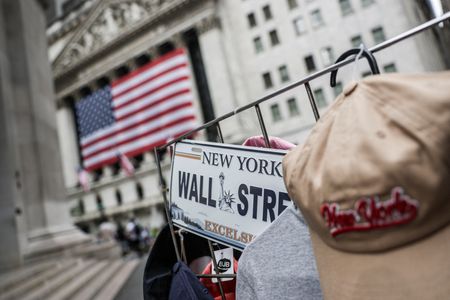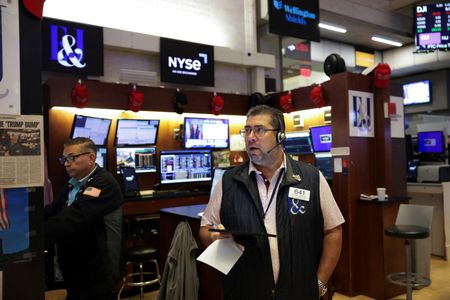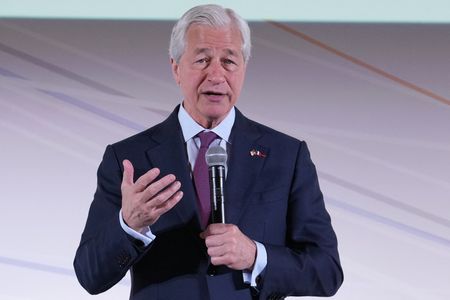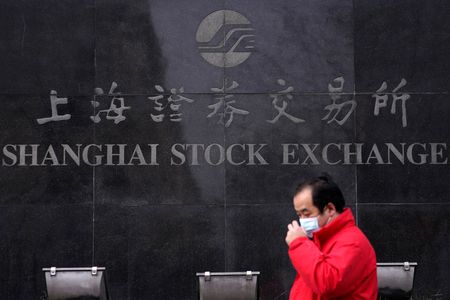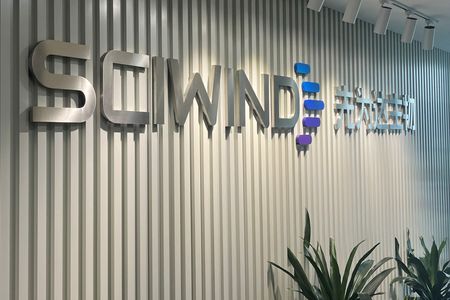By Yantoultra Ngui and Xinghui Kok
SINGAPORE (Reuters) -Singapore’s sovereign wealth fund GIC reported on Friday its slowest pace of investment return growth in five years, even as it maintained a positive outlook on the U.S. economy despite uncertainties around President Donald Trump’s policies.
GIC’s 20-year annualised real return, its primary performance metric, came in at 3.8% for the year ended March 31, 2025, marginally below the 3.9% posted a year earlier and its weakest performance since 2020 when returns hit 2.7%.
The fund, which manages an estimated $800.8 billion in assets, according to the Sovereign Wealth Fund Institute, is one of three entities overseeing Singapore’s national reserves, alongside the Monetary Authority of Singapore and state investment firm Temasek.
Earlier this month, Temasek reported an 11.6% year-on-year rise in its net portfolio value to a record S$434 billion ($340.05 billion).
GIC does not disclose its one-year returns or the exact size of its assets under management, but CEO Lim Chow Kiat said that the 3.8%, 20-year annualised real return was “very respectable”.
“In the U.S., the private sector is very strong,” he told Reuters.
“The balance sheet is in good shape, and they continue to churn out a lot of innovation. Many U.S. businesses are highly innovative. So if you look at that whole picture, we would say the fundamentals are net positive.”
GIC Group Chief Investment Officer Bryan Yeo acknowledged that valuations in some asset classes, such as public equities, appear elevated in the United States. However, he said GIC continues to find long-term opportunities, particularly in infrastructure.
“Infrastructure is an area that we continue to see significant opportunities on a global scale, including the U.S., and it’s a space that we think can generate good long-term returns for us that is also somewhat hedged to inflation.”
Lim said GIC was not only investing across the AI value chain, but also integrating it into its operations, including for reviewing deals.
The U.S. remains GIC’s largest market by capital deployment.
Equities accounted for 51% of its portfolio as of March 31, up from 46% a year earlier, driven by increased U.S. exposure. Fixed income fell to 26% from 32%, while physical assets, such as real estate and infrastructure, edged up to 23% from 22%.
Geographically, GIC’s exposure to the Americas rose to 49% from 44%, while Asia Pacific declined to 24% from 28%. Exposure to Europe, the Middle East and Africa was steady at 20%. The fund does not provide a country-level breakdown.
Lim said GIC was not overly concerned about currency concentration risks due to its diversified portfolio.
On China, GIC sees potential opportunities due to weaker valuations, but remains cautious due to ongoing macroeconomic headwinds and structural adjustments.
“Chinese valuations are lower, meaning the markets have discounted less positive news and more negative news,” Lim said. “Having said that, valuation is not everything, because there’s also fundamentals,” he said.
($1 = 1.2763 Singapore dollars)
(Reporting by Yantoultra Ngui and Xinghui Kok; Editing by Sumeet Chatterjee, Kirsten Donovan)

